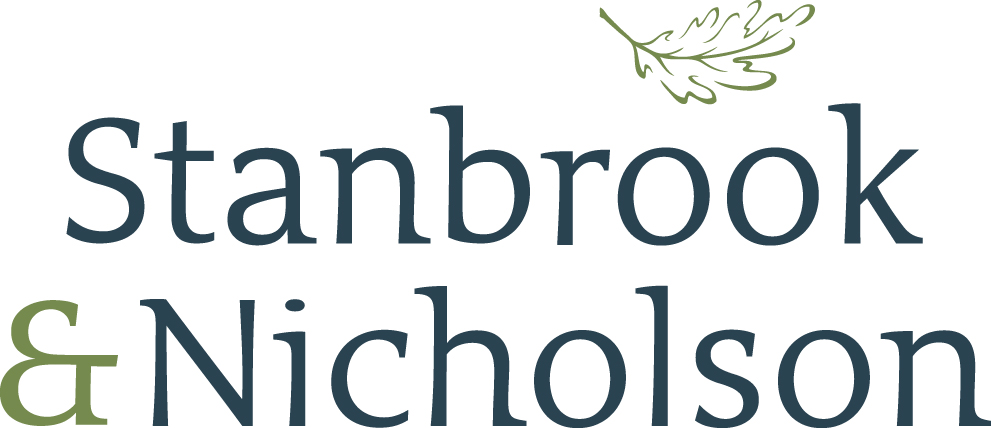Mandatory CE marking is undoubtedly a big change for those of us who work in the construction industry. But, how will it impact our customers? What are the benefits for consumers, and are there any limitations you should be aware of?
Let’s start with the benefits. CE marking makes it much easier for consumers to assess retail products. The construction industry can seem like a jargon minefield to those who aren’t familiar with it. So, it’s great that CE marking will give you essential information about construction products that is both accessible and informative. CE marking is also an instant indication that a product is fit for sale in the EU. Even before examining the product in more detail, you know immediately that it adheres to basic retail standards. In terms of product properties, you can rest assured that what you are buying is not a dud.
The benefits of CE marking are clear. Having said that, there are certain limitations which you should take note of. The most important one is that it only relates to the properties of a product. By properties, we mean things that affect the basic performance of a product. CE marking does not involve other important considerations involved in buying construction goods, such as how a product looks or the quality of the installation. In fact, on the Declaration of Properties (DoP) form that accompanies each CE marked product, manufacturers are only obliged to give you information about three things:a product’s thermal transmittance (or the U-value), whether a product contains any dangerous substances and the load bearing capacity of safety devices. CE marking is simply an indication that a product is fit for sale, not that it is necessarily suitable for your specific needs. Consumers will also, no doubt, need further guidance on what exactly the three things mentioned above are. Thankfully, a brief explanation of each of them can be found on our site.
Part 2 of this blog is coming soon.




